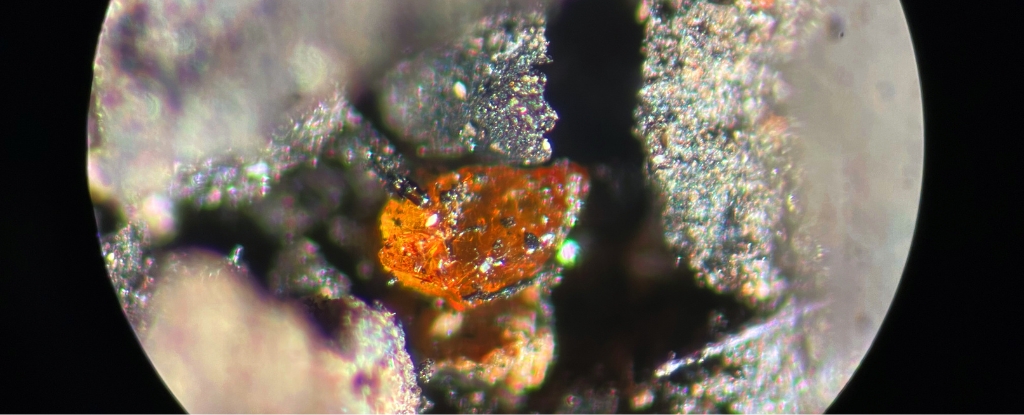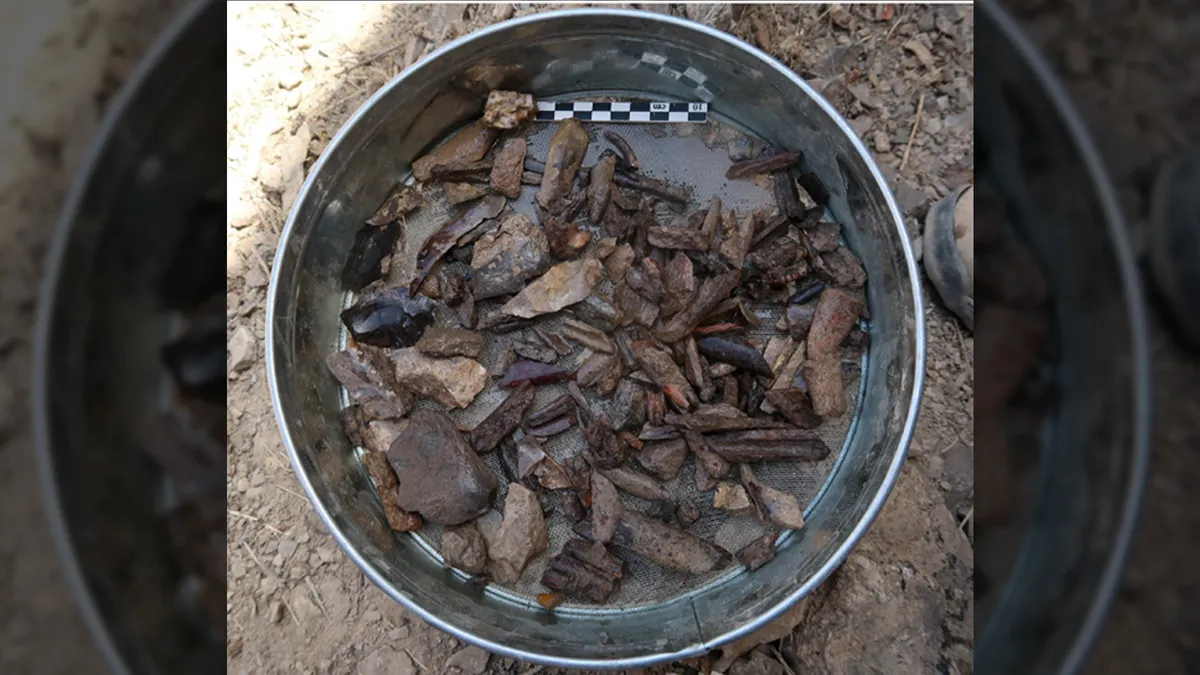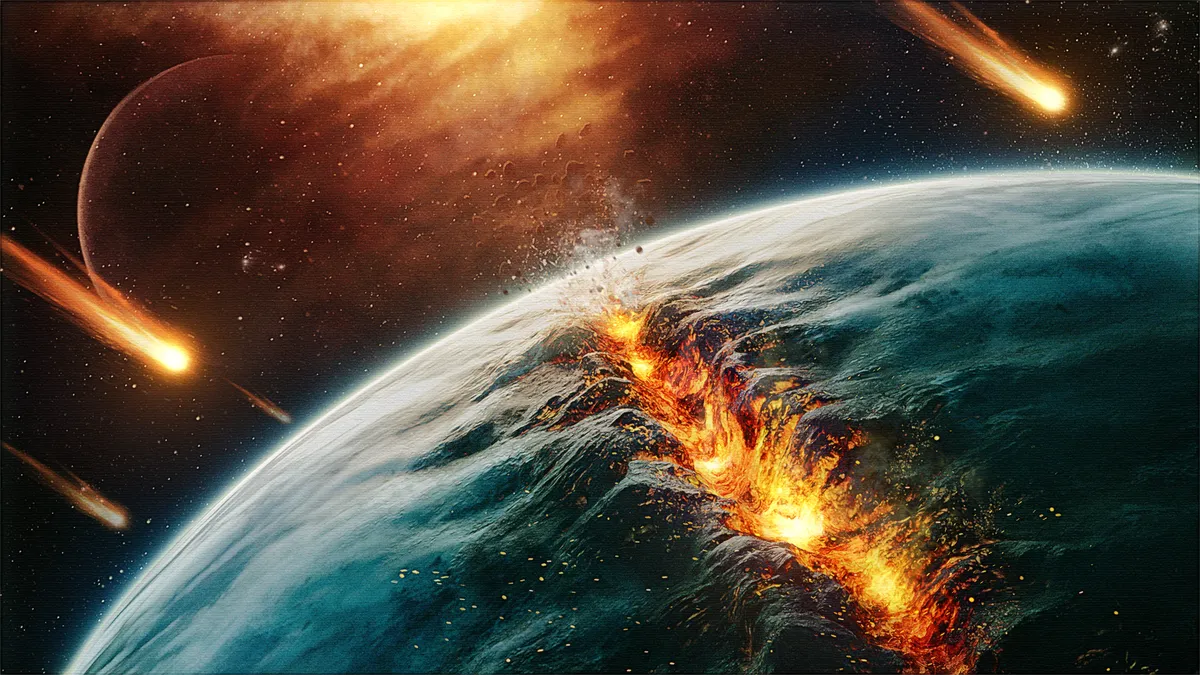Ancient news stories
Ancient pollen and charcoal remains uncovered from islands north of Tasmania (Lutruwita) suggest that human fire management practices were happening in the region 41,600 years ago. The study, published in Science Advances, draws on 2 sediment records collected from islands in the Bass Strait.

A University of South Florida professor found the first-ever physical evidence of hallucinogens in an Egyptian mug, validating written records and centuries-old myths of ancient Egyptian rituals and practices. Published in Scientific Reports, the study sheds light on an ancient Egyptian mystery…

A collection of perforated pebbles from an archaeological site in Israel may be spindle whorls, representing a key milestone in the development of rotational tools, including wheels, according to a study published November 13, 2024, in the open-access journal PLOS ONE.

Imagine a time machine that could whisk you back to the age of the dinosaurs. Suddenly, you find yourself in a dense, swampy forest, with insects buzzing between flowers, ferns, and conifers. Believe it or not, you’re standing in West Antarctica. The study was published in Antarctic Research.
More than 700 million years ago, the entire globe was covered in ice in a period called “Snowball Earth”. At least, that’s what scientists think. Now geologists believe they’ve found the best evidence that the “Snowball Earth” was really a global event.

A team of archaeologists from LSU and the University of Texas at Tyler has excavated the earliest known ancient Maya salt works in southern Belize, as reported in the journal Antiquity.

Along a stream in Tajikistan, archaeologists have discovered a rock-shelter that may have been a migration site for Neanderthals, Denisovans and modern humans over a span of 130,000 years. See the study here.

Scientists believe individuals of the most recently discovered hominin group (the Denisovans) that interbred with modern day humans passed on some of their genes via multiple, distinct interbreeding events that helped shape early human history. The paper was published in Nature Genetics.

An enigmatic stone and turf structure on Bodmin Moor that was previously thought to be a medieval animal pen has been found to be 4,000 years older – and unique in Europe.

The Ice Age campsite of Gönnersdorf on the banks of the Rhine has revealed a groundbreaking discovery that sheds new light on early fishing practices. The work is published in the journal PLOS ONE.

Emerging evidence suggests that plate tectonics, or the recycling of Earth’s crust, may have begun much earlier than previously thought — and may be a big reason that our planet harbors life.

Ancient DNA taken from the Pompeii victims of Mount Vesuvius’ eruption nearly 2,000 years ago reveals that some people’s relationships were not what they seemed, according to a new study…”These findings challenge traditional gender and familial assumptions.”

Combining these Indigenous accounts with other sources of research has led them to conclude that the art speaks of ritual specialists negotiating spiritual realms, the transformation of bodies, and the intertwining of human and non-human worlds—rather than a more literal record of the environment they lived in and the species they encountered.

In a study, “Late Pleistocene exploitation of Ephedra in a funerary context in Morocco,” published in Scientific Reports, researchers detail their findings in an excavation of a cave occupied by modern humans for over 100,000 years.

A skeleton buried in a fetal position is actually made of bones from at least five people who lived across a span of 2,500 years…A study published Oct. 23 in the journal Antiquity… sheds light on the meaning of the composite burial via multiple techniques, including skeletal analysis, radiocarbon dating and ancient-DNA sequencing.

A recent preliminary study by Ph.D. student Leonie Hoff of the University of Oxford, published in the Oxford Journal of Archaeology, provides insight into how ancient fingerprints left on terracotta figurines reveal the age and sex of their makers.








